
Nutritional guidelines weren’t a priority in the 1970s lunchrooms. Meals were built for speed and satiety rather than dietary value. Preservatives replaced freshness, and flavor often came second to cost-efficiency. These 20 cafeteria staples have disappeared, but their legacy highlights how far school lunches have evolved.
Sloppy Joes With Canned Sauce
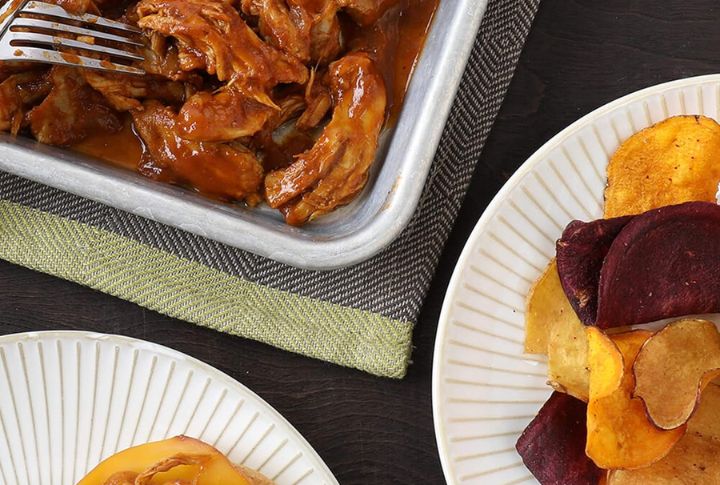
The scent of meat, tomato concentrate, and MSG filled school hallways. Sloppy Joes reigned supreme, served on buns that quickly fell apart. The canned sauce was loaded with corn syrup and sodium. Today’s nutritionists would likely reject this meal on sight due to its heavy processing.
Turkey Loaf With Brown Gravy
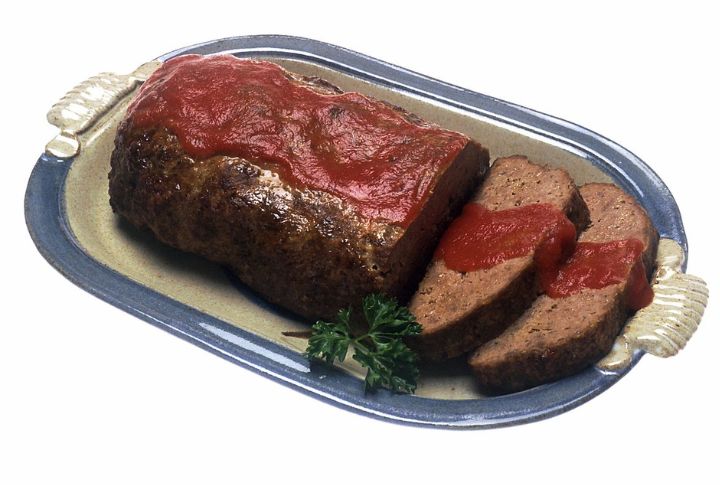
Shaped into neat slices, turkey loaf was a frequent main dish. Though meant as a leaner option, it was processed with fillers and doused in canned gravy. Its uniform taste and texture made it one of the first items phased out in revamped cafeteria menus.
Frozen Salisbury Steak Dinners
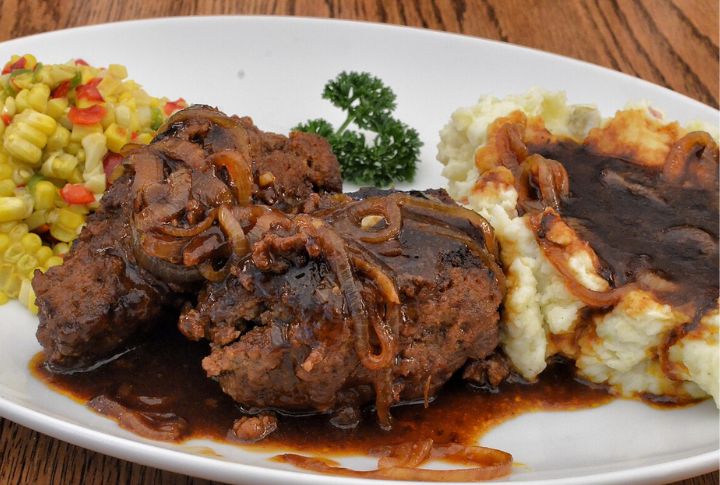
These pre-portioned meals featured Salisbury steak with brown gravy and sides like mashed potatoes. While convenient, they relied on additives and sodium to hold flavor. Modern lunch programs prioritize fresh preparation and cleaner labels—these frozen staples simply don’t match current culinary or dietary priorities.
Spam Slices In Sandwiches
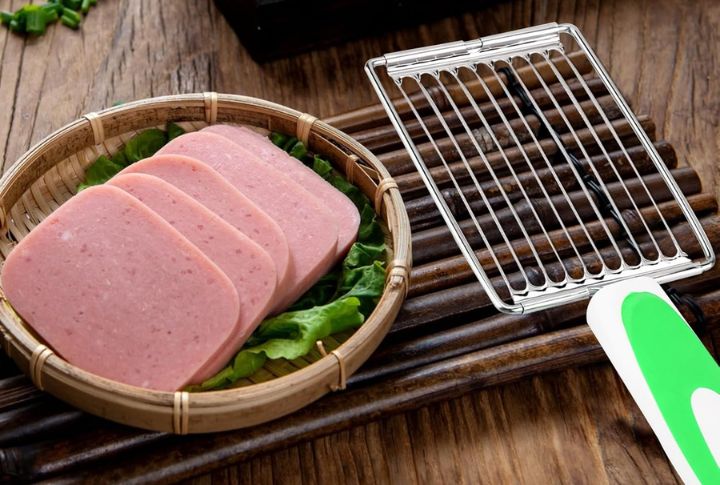
Often placed between slices of white bread, Spam became a cafeteria fixture due to its affordability and long shelf life. Originating during wartime, this processed meat was high in fat and nitrates. Its presence has dwindled in nutrition-conscious school settings that demand fresher alternatives.
Powdered Milk With Lunch
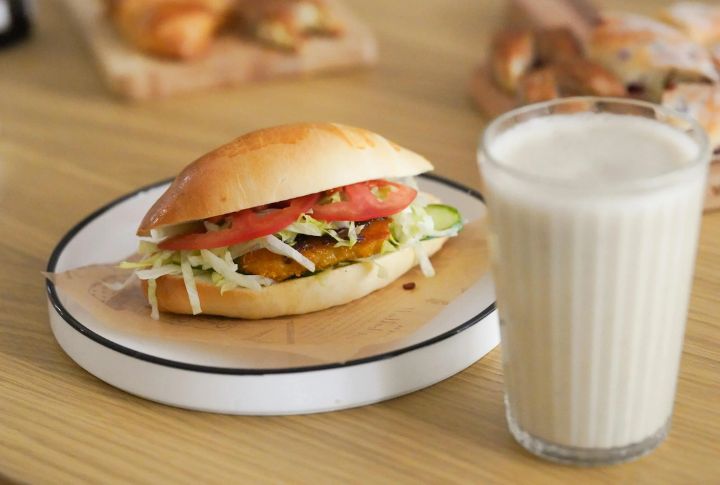
How do you mess up milk? Easy—just add water. That’s what we got: a chalky, lukewarm horror poured from institutional pitchers. In an age before refrigeration was reliable in every school, powdered milk was cheap and shelf-stable. Nutritionally inferior, it’s since been shelved for good.
Tang Drink For Vitamin C

Tang became popular through NASA, but in schools, it was simply an orange-flavored drink mix. While fortified with vitamin C, it contained added sugars and artificial flavors. Current guidelines limit such beverages, favoring water and 100% juice over sweetened drink powders like this one.
Breaded Veal Patties

Uniform in shape and flavor, these patties were often served with instant gravy and a side of overcooked peas. It may have been called veal, but fillers and processing diluted the quality. Eventually, schools replaced them with more transparent meat options and cooking methods that favored real texture and taste.
Cube Steak With Gravy
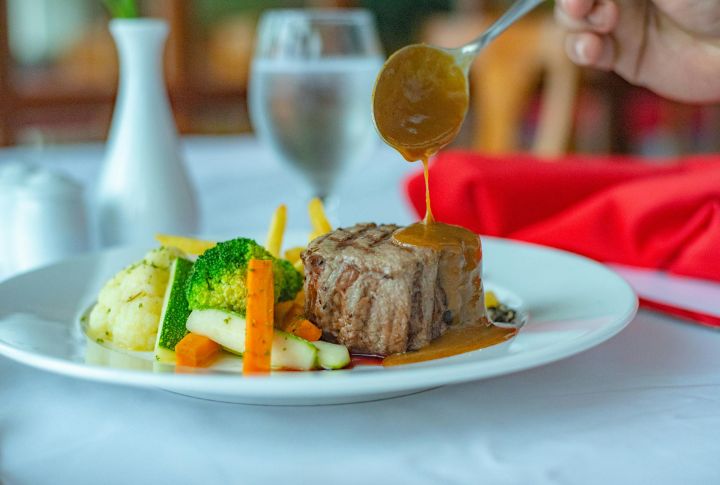
Often served with ladles of thick brown gravy, cube steak was a lunch staple. Mechanically tenderized and reheated in bulk, it was dense and unevenly cooked. High in saturated fat and sodium, it wouldn’t meet the nutritional standards schools are expected to follow today.
Canned Fruit In Heavy Syrup

Fruit packed in high-fructose syrup offered sweetness but little nutritional value. These sugary portions replaced fresh fruit in many lunchrooms, effectively turning side dishes into desserts. Modern standards now require fruit to be packed in juice or water, with less added sugar and more fiber.
TV Dinner-Style Lunches
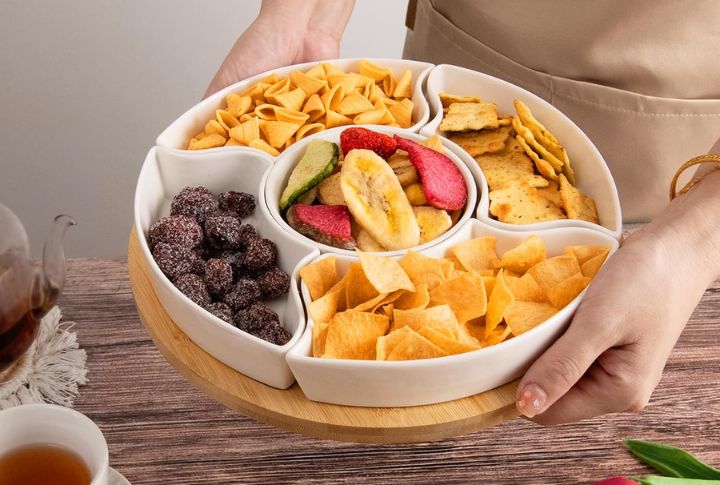
Cafeterias once mimicked the frozen meals found in millions of homes—partitioned trays with meat, sides, and dessert all in one. Though efficient to serve, they lacked healthy ingredients and often featured heavily processed components. Schools eventually phased them out in favor of more wholesome meal prep.
Peanut Butter And Banana Sandwiches

Elvis made ’em famous, and cafeterias made them cheap. While bananas seem healthy, pairing them with full-fat peanut butter on white bread turned it into a calorie brick. Add allergies into the mix, and it’s easy to see why these sandwiches were benched in later decades.
Jell-O With Suspended Fruit

Brightly colored gelatin dotted with canned fruit was a lunchroom staple—and a visual oddity. Though it added a pop of fun to trays, it came with high sugar and artificial dye content. These days, dessert-like sides rarely qualify as part of a balanced meal.
Fried Bologna Sandwiches
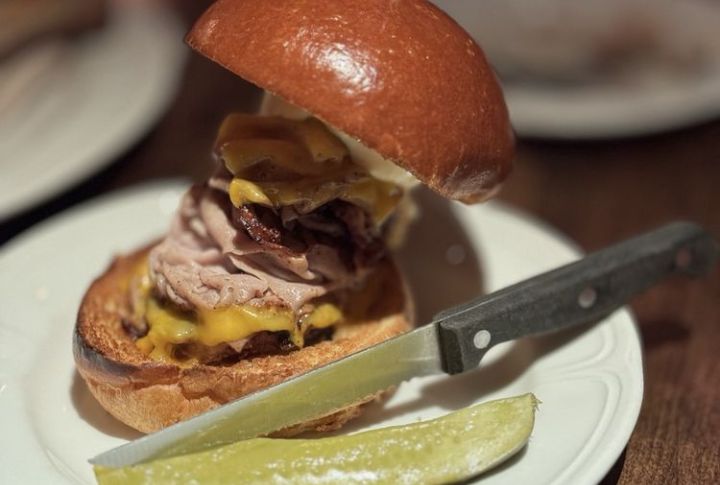
Sometimes crisped, sometimes just cold, these sandwiches were a regular feature thanks to their low cost. But with white bread, processed meat, and no vegetables, they offered little balance. Eventually, their lack of fiber and fresh ingredients pushed them off most school menus.
Government Cheese In Sandwiches

Distributed as part of surplus food programs, government cheese was commonly used in school sandwiches. It was processed, high in fat and slow to melt evenly. While it provided calories and calcium, it wouldn’t meet the nutritional balance required in lunchrooms now.
Canned Vienna Sausages Side

Equal parts utility and curiosity, they were easy to portion but high in fat and preservatives, fading out as lunchrooms embraced fresher and more transparent food options. Soft, salty, and stored in gelatin, these mini sausages were often served straight from the can.
Canned Ravioli With Cheese
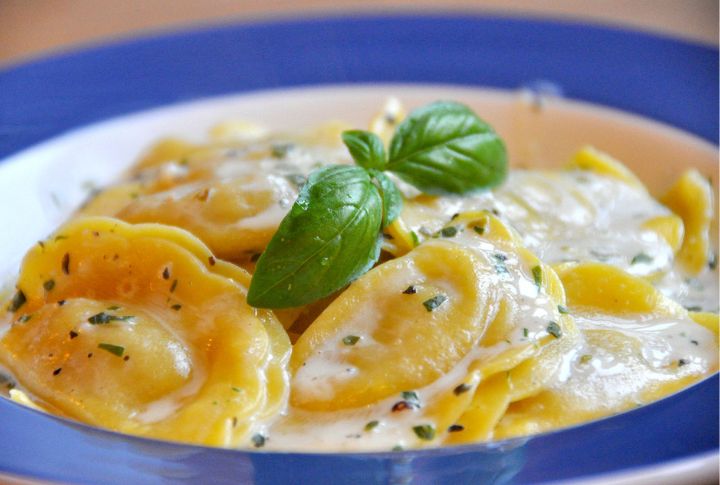
Served lukewarm and straight from a can, these ravioli were soft, salty, and filled with processed cheese. Easy to heat and portion, they made kitchen logistics simpler. Still, their lack of whole ingredients and reliance on preservatives didn’t align with evolving standards for school meals.
Liver And Onions On Trays
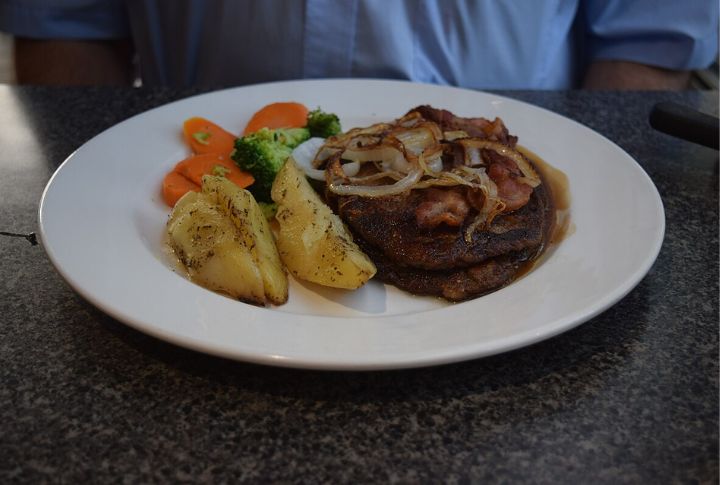
Yes, liver once appeared regularly on school lunch trays. It provided iron and protein, but the strong smell and dense texture made it unpopular. Even with onions, it didn’t appeal to most students. As menus evolved, it was phased out in favor of kid-friendlier options.
Cold Meatloaf Sandwiches
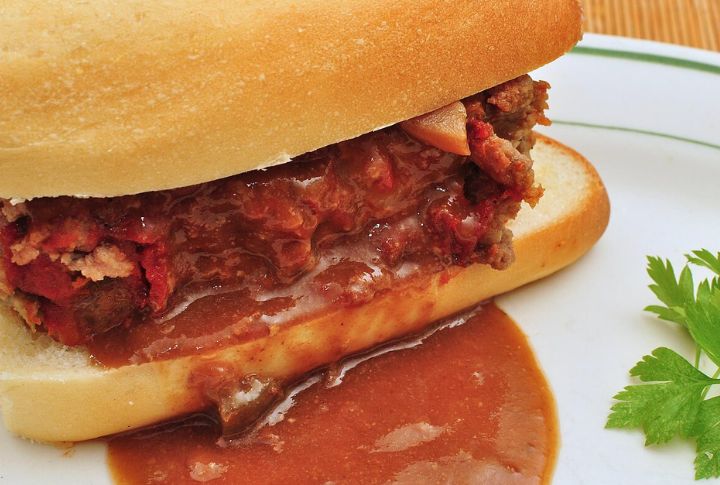
Served chilled and often without extras, these sandwiches offered calories but little value. Today’s school lunches emphasize freshness and balanced ingredients, leaving these cold classics behind. Otherwise, noontime meatloaf on white bread was more common than you’d think, especially after roast-heavy weeks.
Deviled Ham In Sandwiches
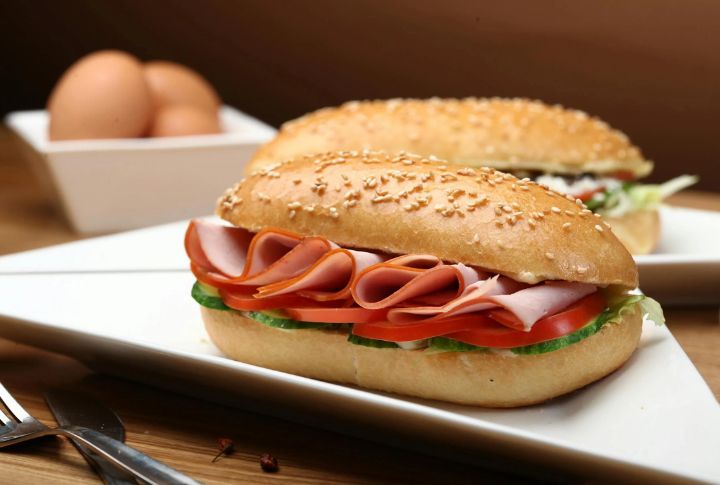
This spreadable meat came from small tins and was easy to smear on bread for quick sandwiches. Though popular for its convenience, it was dense with sodium and lacked protein variety. Schools later replaced it with leaner fillings that better supported sustained energy and focus.
Canned Ham With Mustard
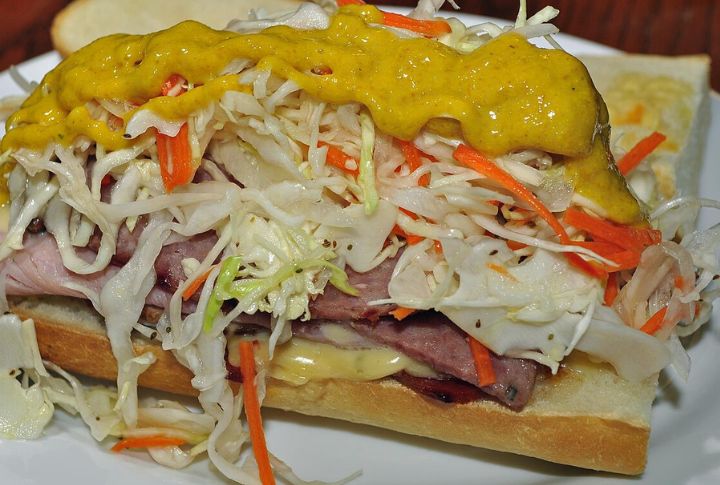
Lunch trays once featured uniform slices of canned ham paired with small mustard packets. While convenient and easy to store, the ham was high in sodium and packed with preservatives. Despite being shelf-stable, it lacked freshness. It’s now flagged under processed meat concerns in school nutrition.
Leave a comment